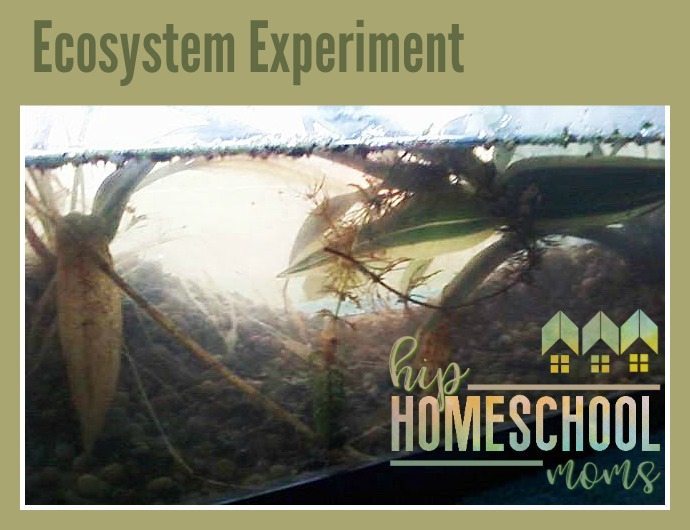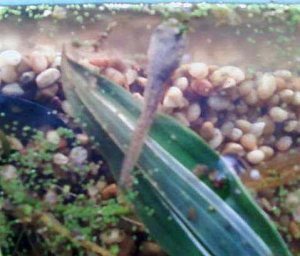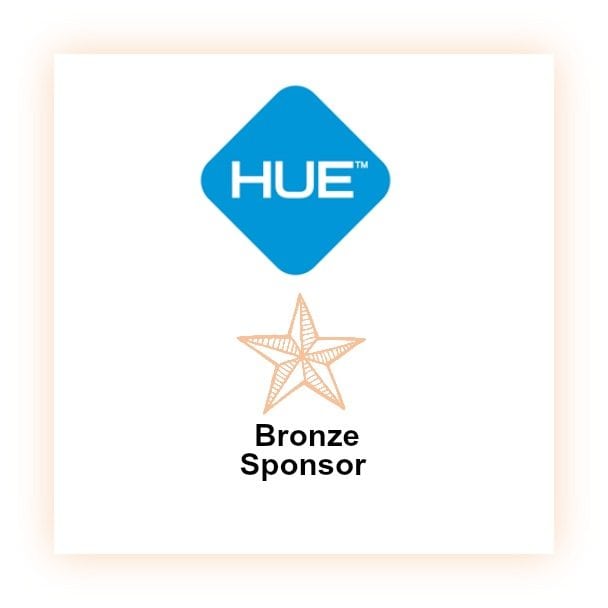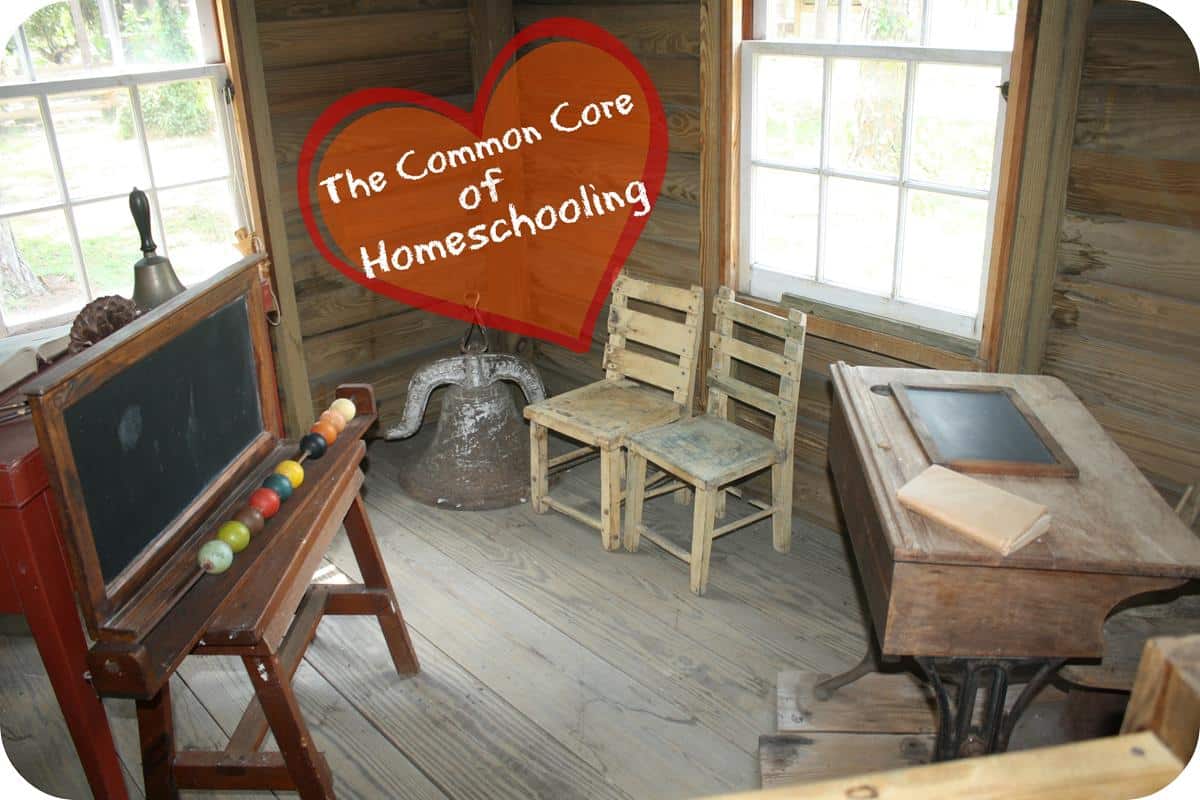Science Fair Project: Create Your Own Ecosystem
In this science fair project titled “Operation Bio-Network,” a student creates a pond ecosystem. It’s really not difficult to do! Keep reading to find out how to make a simple mini-pond.
Materials Needed to Create the Ecosystem:
Tank
Submerged (aquatic) plants
Equipment to catch organisms
Lake/pond water
Organisms, dirt, plants collected from pond
Procedure: How to Create the Ecosystem
- Place clean gravel at the bottom of a glass tank.
- Fill the tank ¼ way full with water and let stand in sunlight for 24 hours. This neutralizes the water by removing chlorine.
- Add submersible plants to the tank. This prepares and provides oxygen for the organisms.
- Collect organisms, plants, dirt, and water from a local pond and add them to the tank. (When my daughter and I made ours, we were fortunate enough to catch a small crayfish and tadpole.*)
*Note: My daughter’s ecosystem sustained itself for a while, but she found that her crayfish thrived and took over. This was a good learning experience and pointed out the need for having a large enough food supply for larger creatures.
- Place tank near window so plants can receive sunlight.
- Make and recorded regular observations and watch your ecosystem grow and develop independently.

The Experiment
Variables: A bio network tank has organisms, water, dirt, and plants collected from a nearby pond.
Unlike an artificial tank, once set-up is complete, no additional plants or animals are added. The point is to wait and watch to see if the ecosystem is self-sustainable.
If the ecosystem successfully sustained itself, why was it able to do so?
If the ecosystem was not able to successfully sustain itself, why wasn’t it able to do so?
Create Your Own Results:
At first we didn’t suspect that we collected any organisms other than a crayfish and a tadpole. However, after it had been on its own for a couple of days, little snails started to appear on the sides of the tank.
A week later, the pond was flourishing. Zoo plankton started to grow big enough for us to see with the naked eye.
Two weeks through the experiment, algae started growing on the sides of the tank. These were the places where the snails were. (Algae is the snails’ food.)
After two weeks, my daughter observed the following, “Exactly sixteen days after we had began the experiment, I found that my crayfish had shed its skin and was thriving. Eleven days after that, the crayfish shed and grew again.”
After more time, it became evident that the tank was being overtaken by the crayfish–an interesting and impressive outcome. As the crayfish got much larger, it demonstrated just how important food web balances are. It seemed that the second consumer, a crayfish, was harder to sustain than first consumers, especially in a small tank. It was amazing just how much food this little guy needed! He ate all the snails and the tadpole. A better balance probably would have been only the tadpole as the consumer. All other factors–such as oxygen and other nutrients–seemed sufficient.
Was This Ecosystem Experiment a Success?
All in all, it was a very successful experiment which demonstrated first-hand the delicate balance of nature and the food chains.
Plants and Animals in Tank:

Crayfish: Cambaridae Camburus-Secondary consumer, omnivorous. In my daughter’s tank: Ate zooplankton and small plants. When large enough, ate small snails and animals.
Tadpole:Unknown species–possibly Hyla genus. First consumer, herbivore. Ate algae and small plants

Snail: Species: Physa-First Consumer, herbivore. Cleaned tank, consumed algae (along with some waste).
Zooplankton: Copepods, Oithona-Consumer. Provided food source for secondary consumer.
Phytoplankton: Producer. Provided food for zoo-plankton and other consumers. Resembled little microscopic bugs.
Algae: Producer. Provided food for consumers and provided oxygen. Resembled green or brown goo. Grew on sides of tank.
Watermeal: Wolffia-Producer. Provided oxygen and food.
Duckweed: Lemna minor- Producer. Provided oxygen and food. Resembled little lily pads with one root submersed in water.

Hornwort: Ceratophyllum demersum-Producer. Provided oxygen and food.
My sea life pages contain a few pages that might be helpful with any water life study. And you can use the other pages for your own sea life unit study or just for a fun way of learning more about different kinds of sea life!







